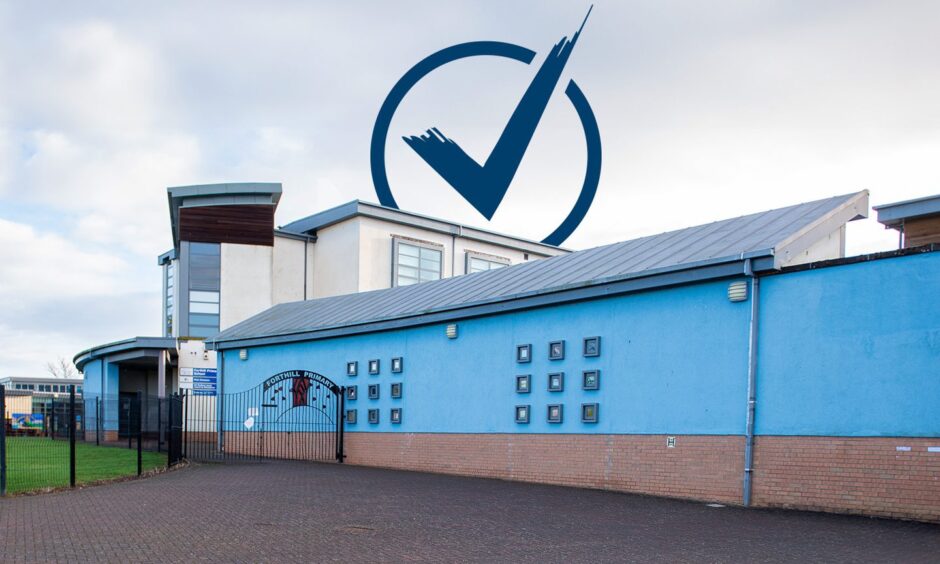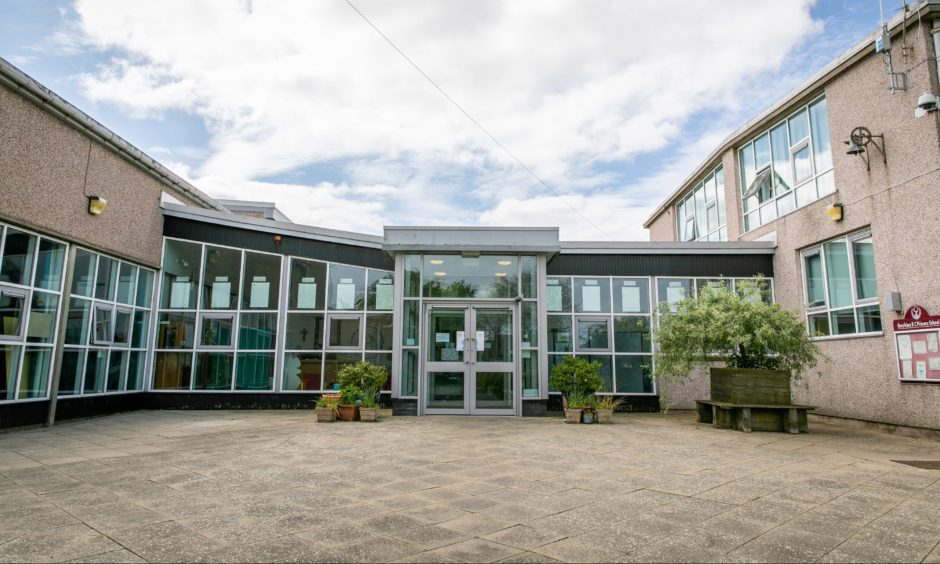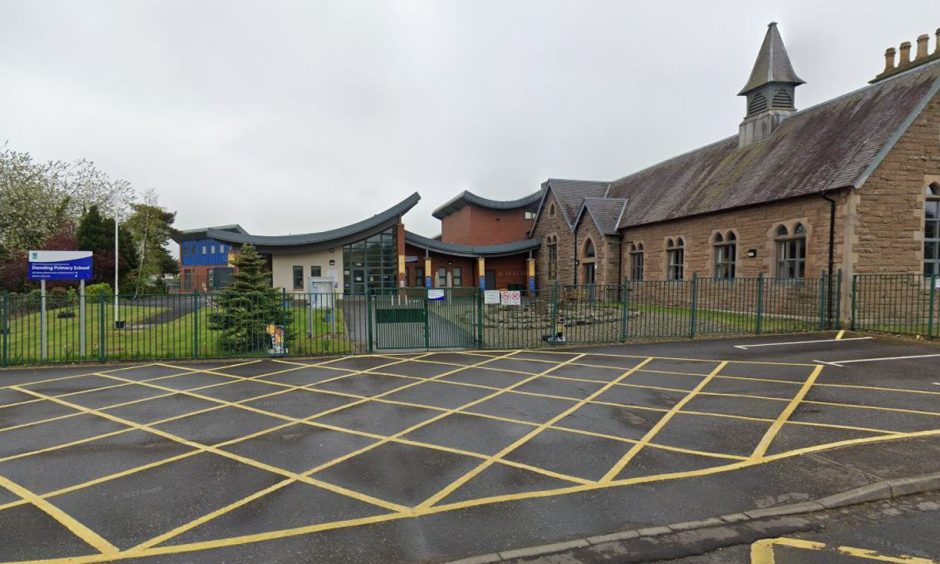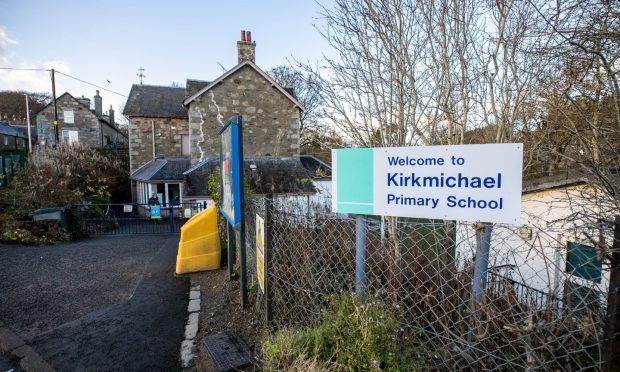
Eight primary schools in Angus, Fife and Perthshire have scored full marks in our ranking for pupils’ performance in literacy and numeracy.
Out of almost 250 schools only these schools gained a full house of 40 points for the proportion of children in P1, P4 and P7 meeting expected curriculum levels for reading, writing, numeracy and listening and talking.
Search for your school in our table further down this article to see how it did.
Highest scorers
In Angus four primary schools – Letham, Murroes, Rosemount and Woodlands – achieved the top score.
In Fife two did so – Greyfriars RC and North Queensferry.
Dundee and Perth and Kinross had one top scorer each – Forthill and Dunning.
Lowest scorers
At the other end of the spectrum, the lowest scoring schools in each area were:
- ANGUS – Andover 29, Inverbrothock 30, Borrowfield 32, Southmuir 32 and Warddykes 32.
- DUNDEE – Fintry 26, Ardler 29, Downfield 30, Rowantree 30, Sidlaw View 31 and Tayview 31.
- FIFE – Cardenden 20, Benarty 24, Methilhill 24, Auchtermuchty 26, Cowdenbeath 26, East Wemyss 26, Kinghorn 26, Rimbleton 26, and Springfield 26.
- PERTH and KINROSS – Coupar Angus 24, Balhousie 26, Inch View 26, North Muirton 28, Goodlyburn 29 and Rattray 29.
Find your school’s score in our searchable table
You can find out how your school did by searching for it by name in our table, and compare this with how it did last year.
How were our scores awarded?
We scored schools based on the percentage of pupils in P1, P4 and P7 meeting expected levels in the Curriculum for Excellence, the curriculum used in Scottish local authority schools.
Pupils are assessed in four areas – listening and talking, reading, numeracy and writing – with teachers judging whether they have met expected levels.
Teachers do this in various ways, including observing children at work, assessing classwork, talking to them about their learning.
They also use standardised assessments.
Our scores are based on the latest results for the 2022/23 academic year – known as Achievement of Curriculum for Excellence Levels data – collected by the Scottish Government last June and published in December.
We awarded points for each of the four areas – one for 0 to 10% of pupils meeting expected levels, two points for 10% to 20%, up to 10 points for 90% or more – giving a maximum of 40 points.
For each school, the government publishes only the percentage range – eg. 80-90% – rather than an exact percentage.
No data was published for some smaller schools as the cohort size means individuals’ performance could be identifiable.













Conversation